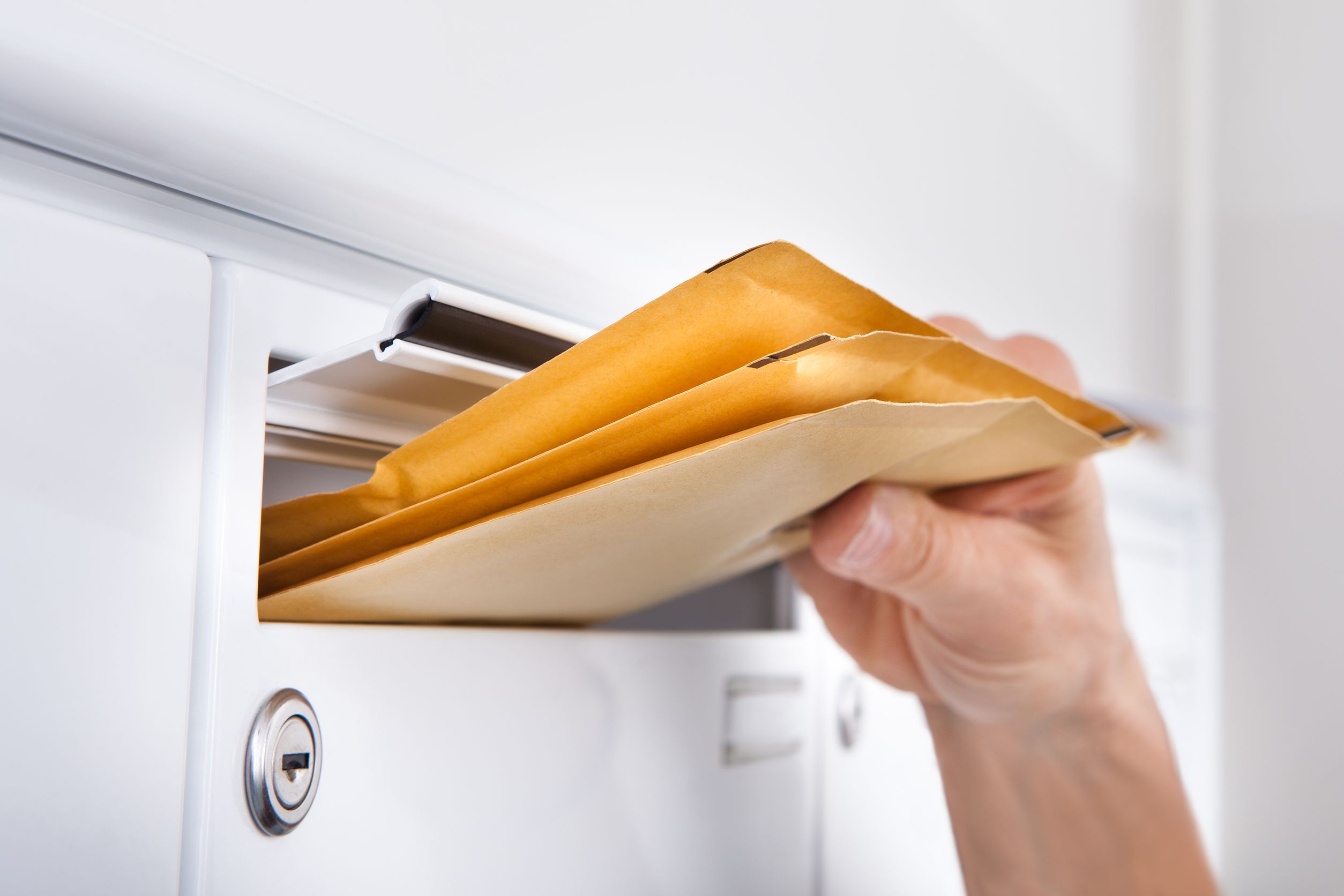You found a fabulous new home with the perfect yard, and in a friendly neighborhood, so you rushed to plan your move as quickly as possible. You may be able to breathe a little easier now that you have your bed set up and your dishes put away, but there are still a number of things to handle to make sure the first few months in your new place run smoothly. With all of the chaos of the move, packing and unpacking, changing utilities and getting everybody to the new house, remembering to change your address might have fallen by the wayside. Unfortunately, it is sometimes totally overlooked or totally botched up! Address changes can seem insignificant, but making a mistake can cause you problems that take a lot of time to fix, and can cost you money as well. So here, we offer our foolproof tips to get it right:
Verify your new address
Double-check the actual number and spelling of the new street and city names. Especially if you are moving into a new home, developers have been known to change street names.
Check with your new post office for your zip+4 code to use for forwarding forms, and to give to banks and creditors. This ensures that your forwarded mail will come to the right home, accurately and quickly.
In the United States, you have to change your address with the United States Postal Service, and there are several ways you can do this; by phone, via the Internet, and in person.
- Online: To change your address over online, you need an email address and a debit or credit card. The post office charges a nominal $1 verification fee to make sure your information matches with what the bank has on record. This prevents wacky exes from gaining control of your mail!
- Phone: You can call 1-800- ASK-USPS, and they will do a similar identity verification over the phone.
- Paper: At the post office, you can fill out the official change of address form, Form 3575. You can also download and print that form from the USPS website. Complete this form and mail it or drop it off at any post office.
A few other points to keep in mind:
If only some of the family is moving, you need to fill out an individual change of address forms for just those people. Otherwise, you will get the mail for the entire family delivered to the new house.
A permanent change of address means that your mail will be forwarded to your new permanent place of residence; it will forward first-class mail and periodicals. Catalogs and circulars are not forwarded. It also will provide your new address to subscribers to the National Change of Address Service and business mailers that request it. With a permanent address change, your mail will be forwarded to your new home for 12 months, from months 13-18, mail is returned to the sender with your new information. After that, it is just returned altogether. Keep in mind that magazines and newspapers are only forwarded for 60 days.
Be sure to contact and change your address with:
- Bank and credit card companies
- Medical and dental professionals
- Utility companies
- Magazines and newspapers
- Clubs and associations
- Government offices
- Employers
- Friends and family (some of them, anyway!)
Alternately, there is a temporary change of address available which will forward your mail to a different address for a period of 15 days to 6 months. You can also extend the service for up to 12 months. This is good for students living away from home, or if you escape to a warm spot for the winter.
Keep an eye on your mail for people or organizations that you may have missed, and let them know of your move. Also remember to change the address on your dog’s tags and your suitcases as well, so you don’t lose any of them! For more great moving advice read our blog on the 12 moving tips to make your life simpler.








